Community Resilience: Adapting to Climate Change
Introduction
Climate change poses significant challenges to urban communities, making it crucial for cities to build resilience. This page explores how communities can adapt to these challenges and ensure long-term sustainability for future generations.
What is Community Resilience?
Community resilience refers to the ability of a community to withstand, recover from, and adapt to various stresses, including climate-related impacts. A resilient community is one that can manage extreme weather events, economic disruptions, and environmental degradation while maintaining its social and cultural fabric.
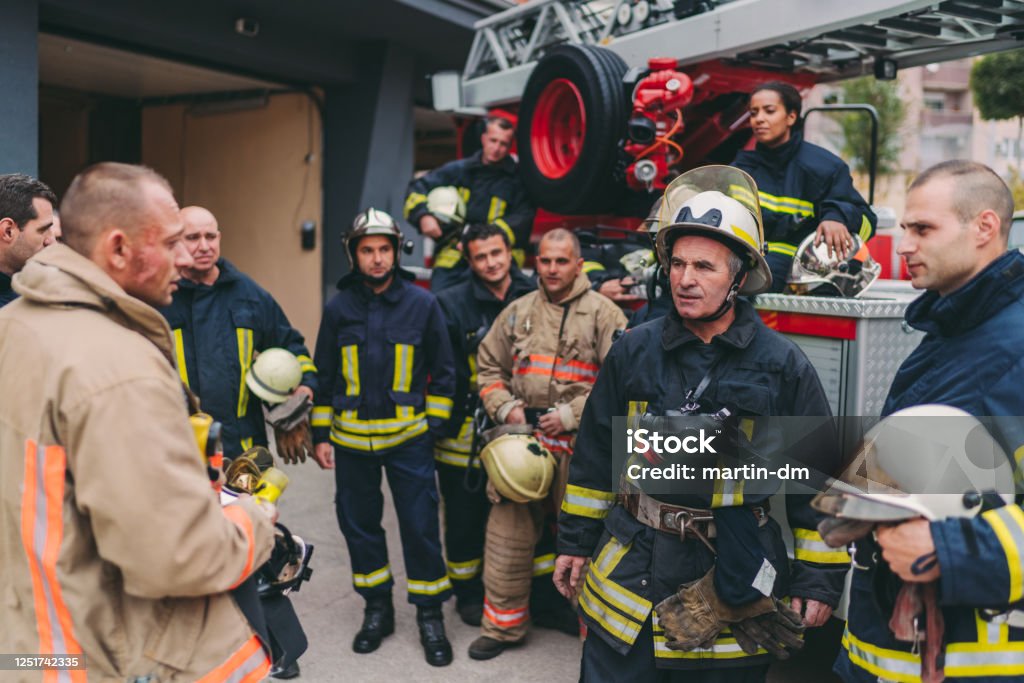
The Impact of Climate Change on Communities
Climate change leads to rising temperatures, more frequent natural disasters, sea level rise, and disruptions to ecosystems. These changes disproportionately affect vulnerable communities, making resilience-building efforts essential.
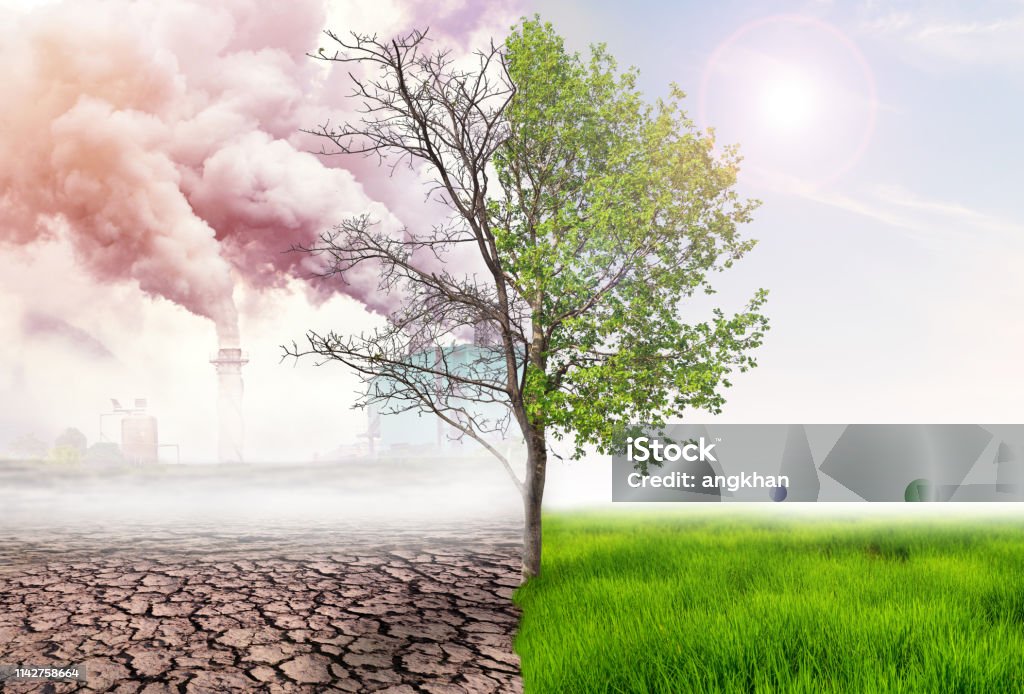
Strategies for Building Community Resilience
To effectively adapt to climate change, cities must incorporate a range of strategies. Some key strategies include:
- Disaster Preparedness
- Green Infrastructure
- Community Engagement
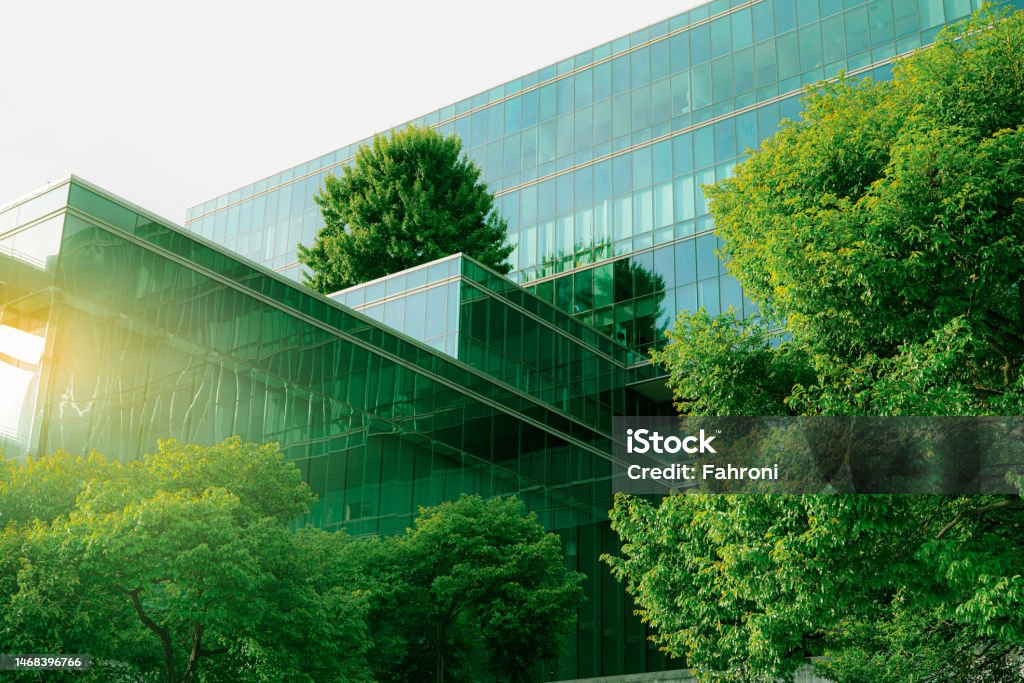
Case Studies of Resilient Communities
Communities around the world are showcasing resilience through innovative approaches. Here are a few notable examples:
- New York City: After Hurricane Sandy, NYC implemented the "OneNYC" plan to increase its resilience, focusing on infrastructure, housing, and transportation.
- Bangladesh: With its vulnerability to flooding, Bangladesh has become a global leader in community-driven climate adaptation, using floating farms and raised houses.
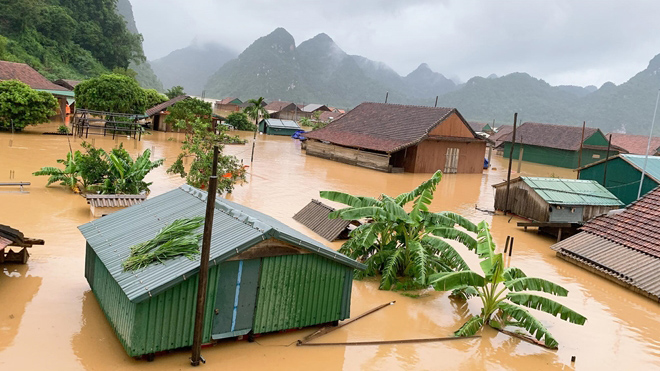
The Role of Technology in Building Resilience
Technology plays a critical role in enhancing resilience. From early warning systems for natural disasters to innovative agricultural technologies, cities are using data and tech solutions to predict and respond to climate risks.
- Early warning systems
- Precisiom Farming Technology
- Disaster Relief Systems
Challenges in Building Resilient Communities
Building resilient communities is not without its challenges. These include limited financial resources, political obstacles, and the need for long-term planning. Overcoming these hurdles requires collaboration between governments, businesses, and local residents. Financial constraints, policy limitations, and lack of awareness remain major hurdles.
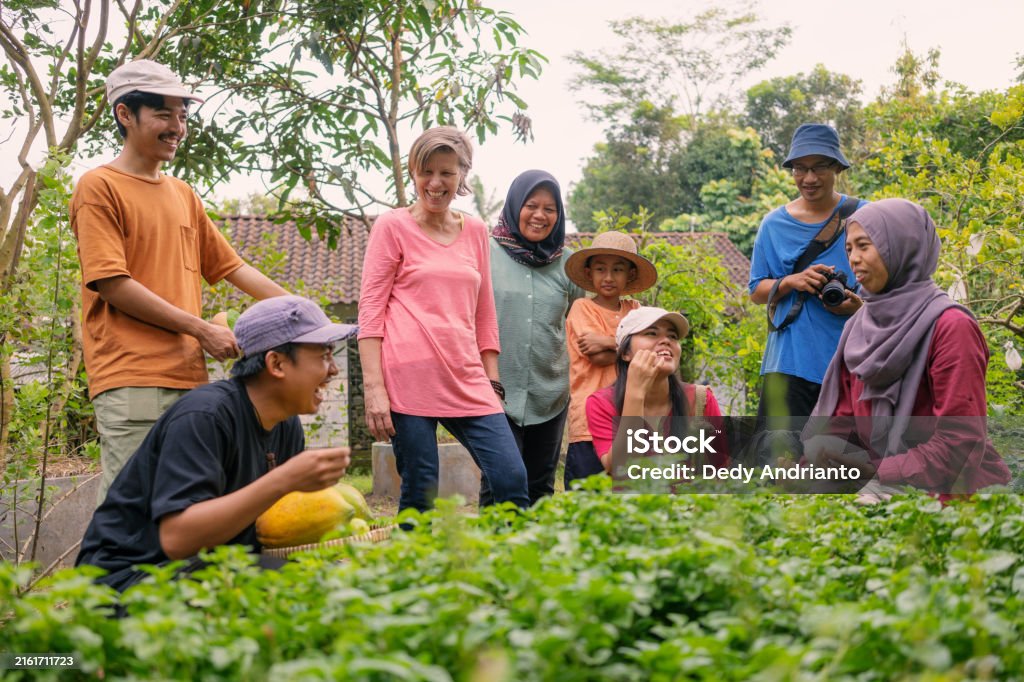
Conclusion: A Call to Action
Communities must take proactive steps to ensure resilience and sustainability. Building community resilience is not just about surviving climate change—it's about thriving despite it. Through strategic planning, community engagement, and innovative solutions, we can create urban spaces that are not only resilient but also vibrant and sustainable for generations to come.
